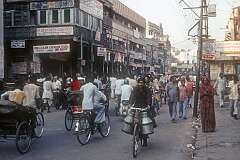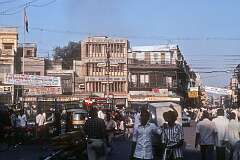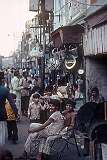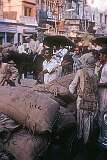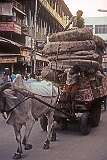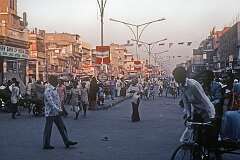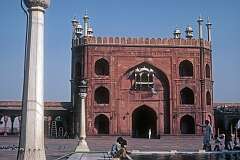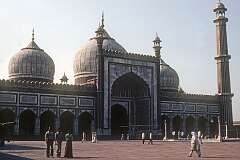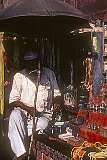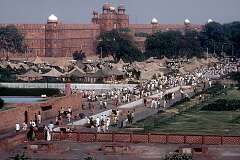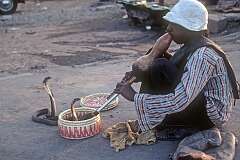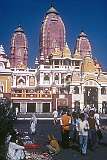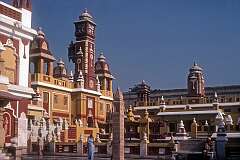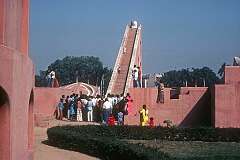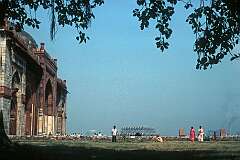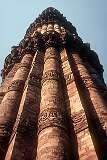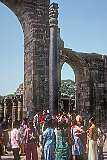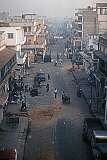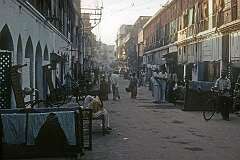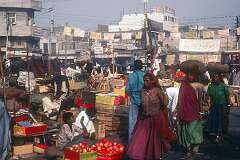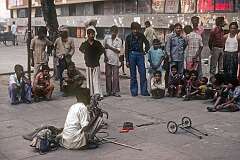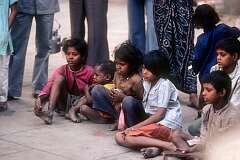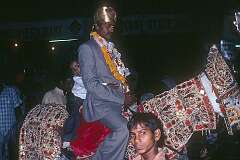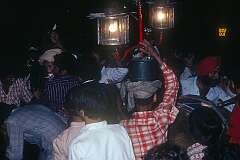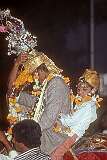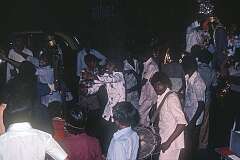Delhi, India's capital city
30-31 October 1979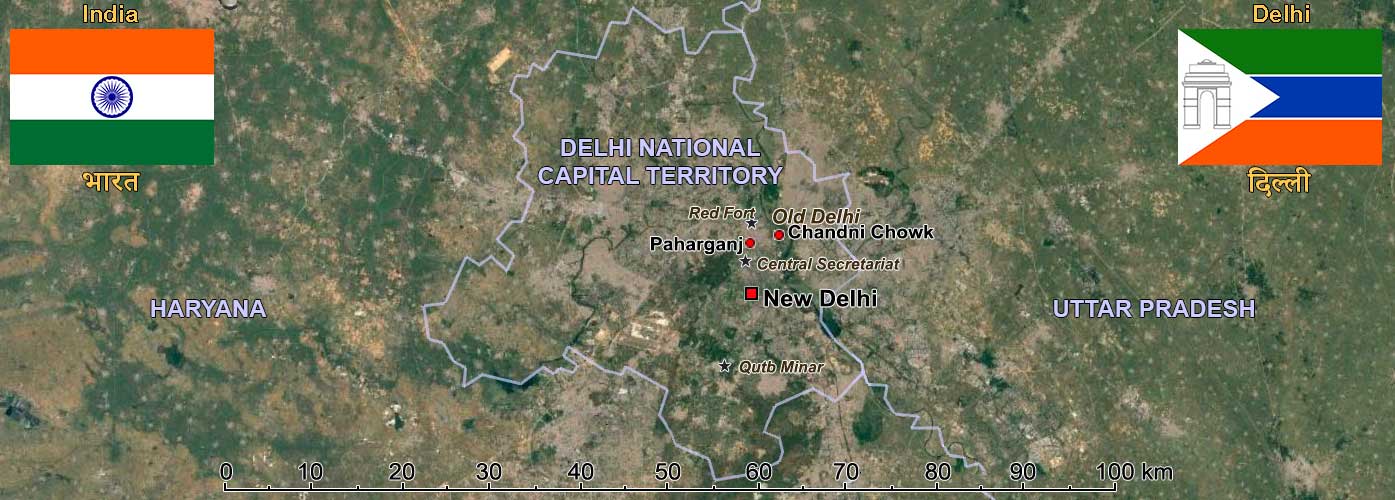
Delhi, India’s capital, is a city where millennia of history coexist with modern power and culture. Old Delhi, known initially as Shahjahanabad, was founded in 1639 by the Mughal emperor Shah Jahan as his imperial capital. Enclosed by massive red sandstone walls, it became a thriving centre of art, trade, and faith. Its heart still beats around the Red Fort, Jama Masjid, and the bustling Chandni Chowk, where narrow lanes, spice markets, and Mughal-era mansions evoke centuries of grandeur. Before Shah Jahan, Delhi had already been home to several earlier capitals — from the Delhi Sultanate’s rulers to the Tughlaqs and Lodhis.
In the 20th century, the British built New Delhi, designed by Sir Edwin Lutyens and Herbert Baker, which was inaugurated in 1931 as the capital of British India. Its broad tree-lined avenues, stately buildings like India Gate, Rashtrapati Bhavan, and Connaught Place reflect colonial ambition and classical symmetry. Today, Delhi blends the old and new — Mughal domes and colonial boulevards beside modern skyscrapers — forming a living mosaic of India’s complex, evolving identity.
In the 20th century, the British built New Delhi, designed by Sir Edwin Lutyens and Herbert Baker, which was inaugurated in 1931 as the capital of British India. Its broad tree-lined avenues, stately buildings like India Gate, Rashtrapati Bhavan, and Connaught Place reflect colonial ambition and classical symmetry. Today, Delhi blends the old and new — Mughal domes and colonial boulevards beside modern skyscrapers — forming a living mosaic of India’s complex, evolving identity.





